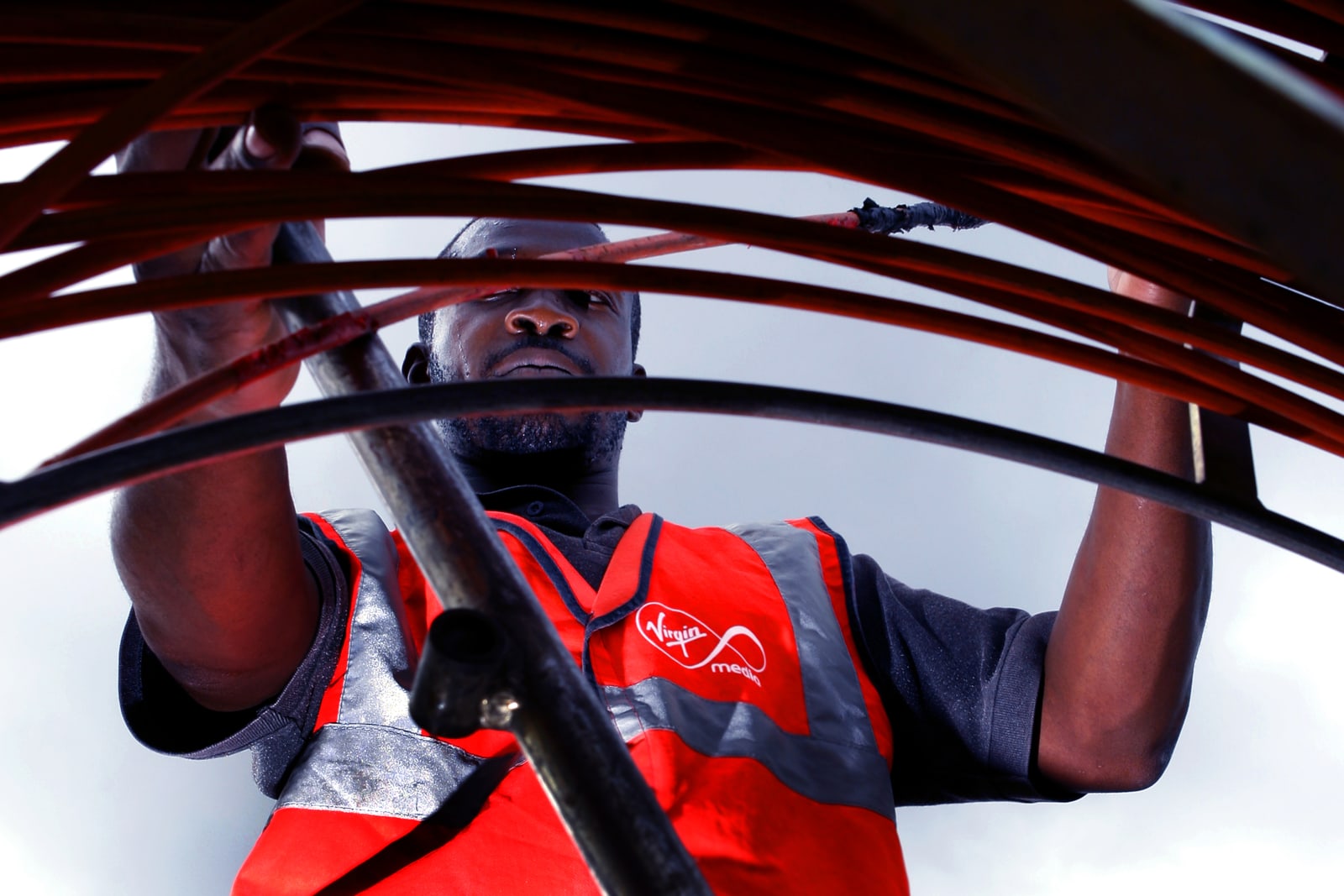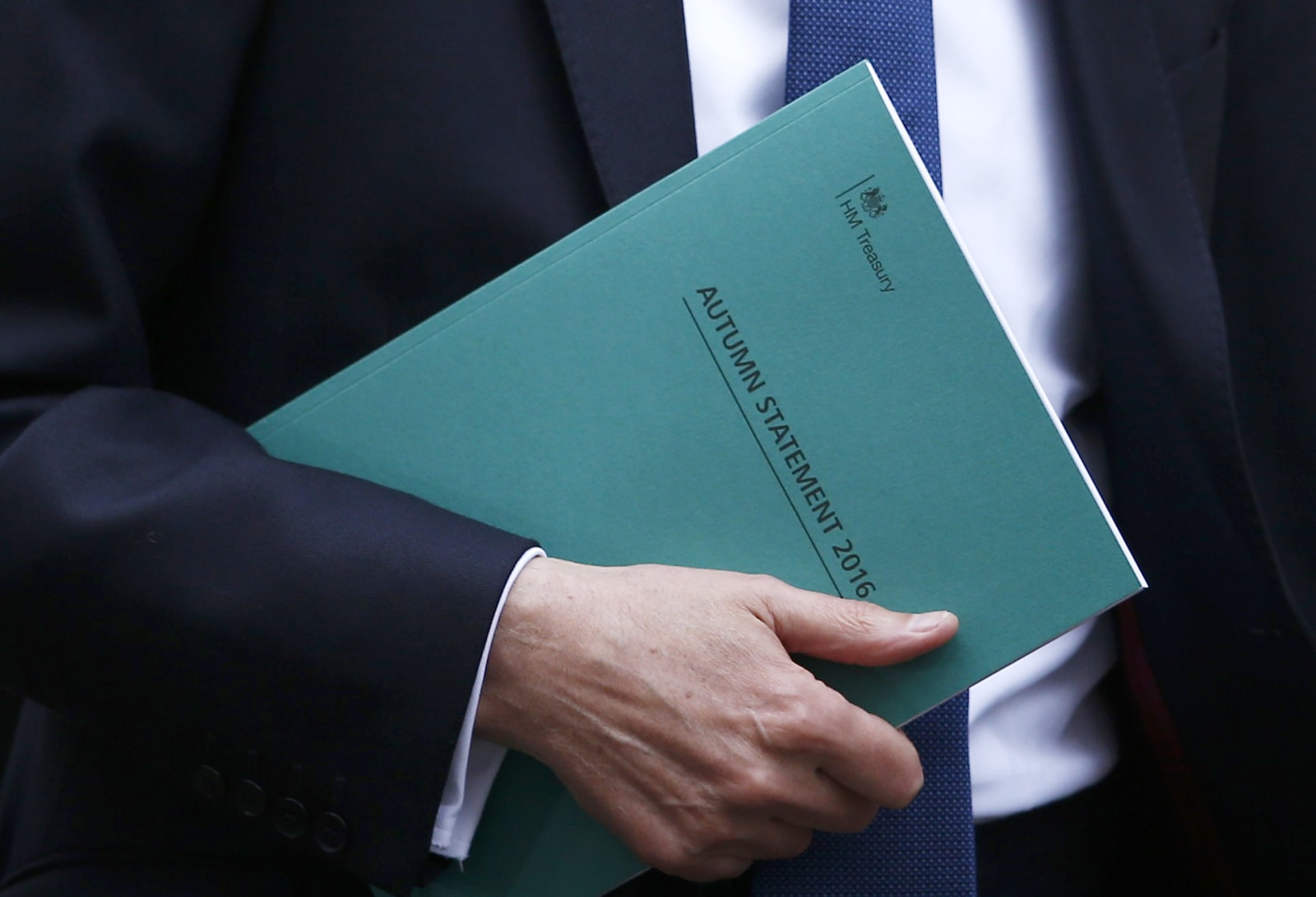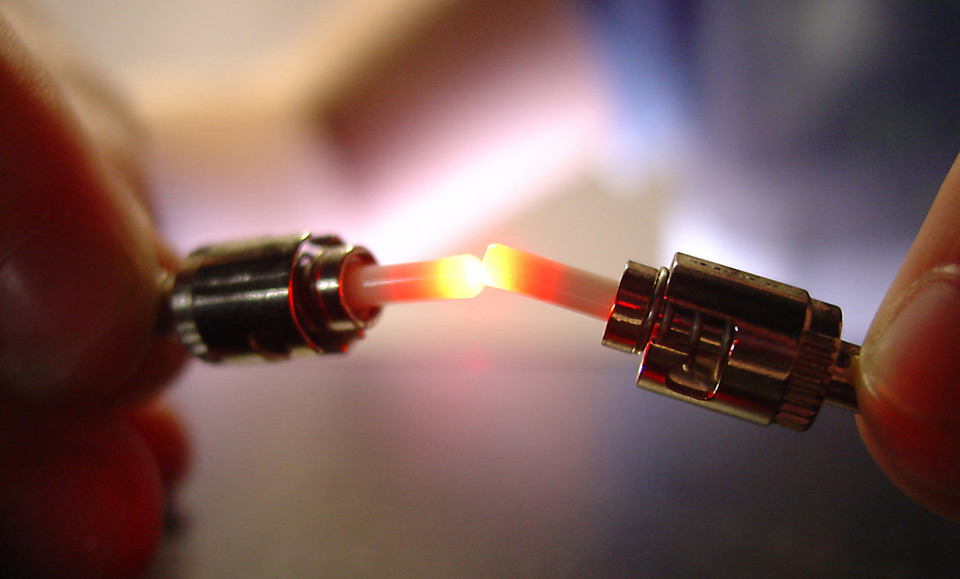 The rollout of fibre optic broadband from providers like TalkTalk is the subject of a lot of buzz right now; everyone wants to be part of the superfast revolution. But how do superfast internet connections work, and what are the benefits of a fibre connection over traditional copper wire phone line connections?
The rollout of fibre optic broadband from providers like TalkTalk is the subject of a lot of buzz right now; everyone wants to be part of the superfast revolution. But how do superfast internet connections work, and what are the benefits of a fibre connection over traditional copper wire phone line connections?
Fibre broadband transmits your internet connection through fibre optic wires which are capable of maintaining strong signal over much greater distances than a phone line, and are much less susceptible to interference. A fibre connection can also deliver much higher speeds – which will become increasingly handy over the next few years as we continue to place great demand on our internet connections.
If you are getting online through a typical ADSL copper wire connection, you may experience various issues with your connection. For example, during peak usage times you may see your connection slow down significantly as other people log on and there is less signal to go around. Problems with internal wiring or the eventual decay of the copper wire delivering your connection can also causes problems in the long term.
Your ADSL broadband speed is likely be limited to around 24Mbps, whereas a fibre connection has the potential to go much, much faster. Although 24Mbps is sufficient for many users at the moment, it will start to look pretty basic over the next few years as much faster connections become the norm. A fibre connection could offer you speeds of well over 100Mbps right now, and this number will increase again over the next few years. This makes fibre connections ideal for heavy internet users, including online gamers and those who stream movies, TV or download music regularly.
Family homes or shared houses are likely to benefit particularly from a fibre connection. These households often have a range of internet user types – from low users who just log on to check emails, get directions and read the news, to heavy users as described above. Many providers now offer superfast connections wherever available, so it is well worth considering making the move to fibre if you can.
There are two different types of fibre optic broadband; fibre-to-the-cabinet (FTTC) and fibre-to-the-premises (FTTP). With FTTC technology all the homes or premises on a street gain access to the internet using the same connection; supplied to a local cabinet. FTTP technology means every building receives its own fibre cable. This option provides the strongest and best connection – but it is of course much harder to implement and requires a much more complicated broadband infrastructure. So your fibre connection is likely to be supplied using FTTC technology.
If you or those you share your internet with are heavy internet users, or if you are running a business or enterprise, a fibre broadband connection will give you much faster upload and download speeds, less interference and a connection that is less vulnerable to decay over time – and fibre broadband is the future of home internet access globally so join the revolution and start surfing superfast now!

 Virgin Media's slowest fibre broadband package is now faster than the top speeds offered by other mainstream UK providers. In its first tariff reshuffle in some time, Virgin is scrapping its up to 50 Mbps plan, making the up to 100 Mbps package the n...
Virgin Media's slowest fibre broadband package is now faster than the top speeds offered by other mainstream UK providers. In its first tariff reshuffle in some time, Virgin is scrapping its up to 50 Mbps plan, making the up to 100 Mbps package the n...
 Virgin Media's slowest fibre broadband package is now faster than the top speeds offered by other mainstream UK providers. In its first tariff reshuffle in some time, Virgin is scrapping its up to 50 Mbps plan, making the up to 100 Mbps package the n...
Virgin Media's slowest fibre broadband package is now faster than the top speeds offered by other mainstream UK providers. In its first tariff reshuffle in some time, Virgin is scrapping its up to 50 Mbps plan, making the up to 100 Mbps package the n...

 Another Autumn Statement, another set of promises that may or may not improve the lives of British citizens. Amongst the usual tax and welfare modifications, chancellor Philip Hammond announced some new policies that will affect the technology, scien...
Another Autumn Statement, another set of promises that may or may not improve the lives of British citizens. Amongst the usual tax and welfare modifications, chancellor Philip Hammond announced some new policies that will affect the technology, scien...
 In its mission to supply the UK with faster broadband, BT has announced a new speed upgrade for Infinity fibre customers. New and existing entry-level subscribers can now enjoy up to 52Mbps, a 32 percent increase from their previous 38Mbps connection...
In its mission to supply the UK with faster broadband, BT has announced a new speed upgrade for Infinity fibre customers. New and existing entry-level subscribers can now enjoy up to 52Mbps, a 32 percent increase from their previous 38Mbps connection...
 Words like "superfast" and "ultrafast" are thrown around all the time to describe UK home broadband. Of course, what we really want to know are the cold, hard numbers. Download and upload speeds, man. That's why Gigaclear has us champing at the bit...
Words like "superfast" and "ultrafast" are thrown around all the time to describe UK home broadband. Of course, what we really want to know are the cold, hard numbers. Download and upload speeds, man. That's why Gigaclear has us champing at the bit...
 After a three-year hiatus, Vodafone returned to the home broadband game this summer, starting out with a limited service available in just a few counties. A few months later, it expanded the launch to everywhere its underground infrastructure (lice...
After a three-year hiatus, Vodafone returned to the home broadband game this summer, starting out with a limited service available in just a few counties. A few months later, it expanded the launch to everywhere its underground infrastructure (lice...

 The rollout of fibre optic broadband from providers like
The rollout of fibre optic broadband from providers like 


